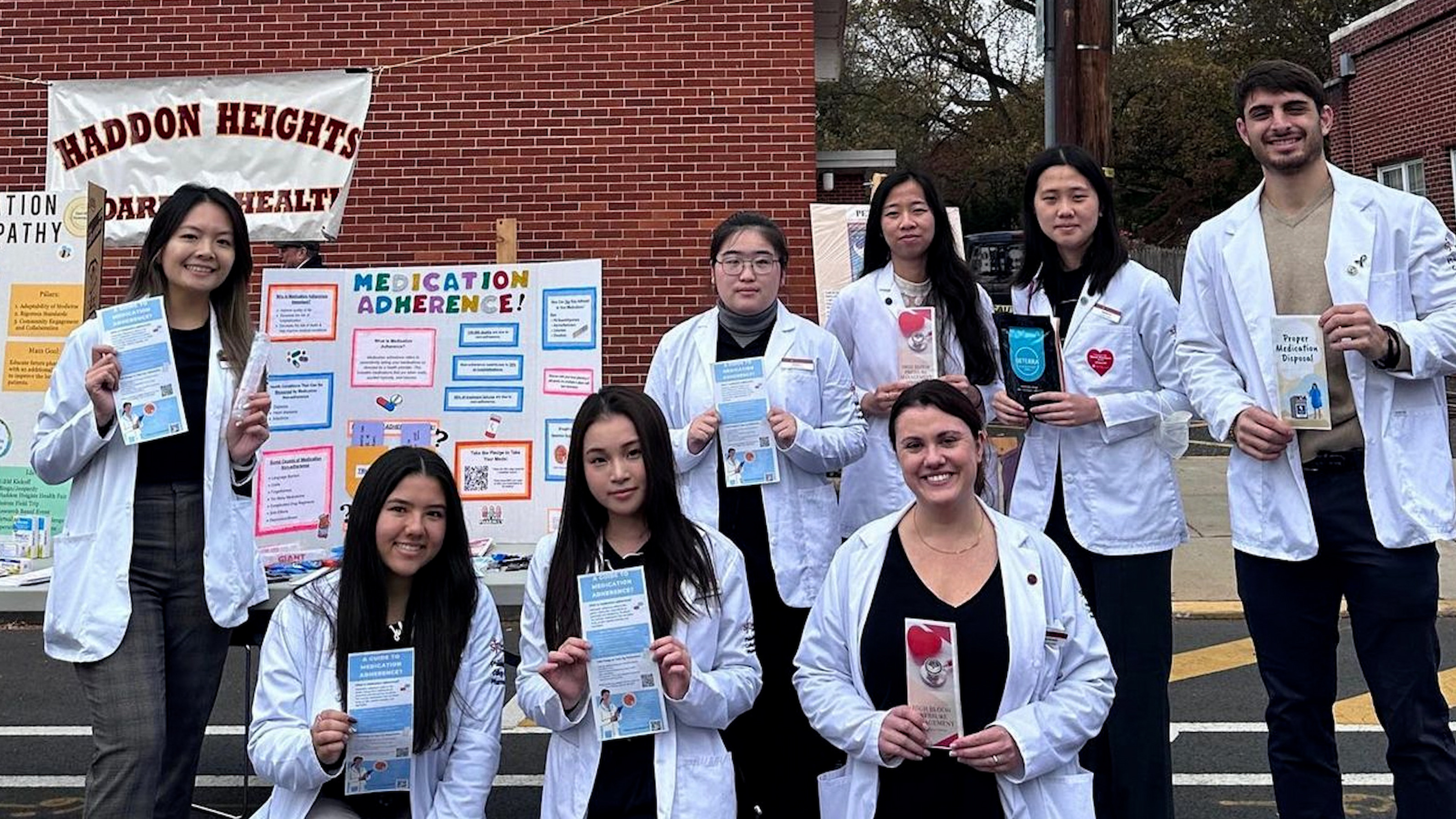How Test-Optional Strengthens and Diversifies Applicant Pools
Amid the growing trend of institutions adopting a test-optional admissions policy, Vice President for Enrollment Management Karen Pellegrino reflects on why St. Joe’s chose this route back in 2014.

KEYS TO THE ARTICLE
- The University approaches the admissions process by looking at all of an applicant’s admission materials – not simply their test scores – which is the best way to get to know a student as a whole person.
- There is a body of literature suggesting that people from lower socioeconomic backgrounds, first-generation college applicants and non-native English speakers may experience barriers that hinder performance on college admissions tests. Some research also suggests that standardized tests are not always a reliable predictor of college success.
- Although test-optional is a growing trend, many institutions are adopting this policy because COVID-19 shut down testing sites.
Test-optional admissions was already a growing trend before the pandemic. In 2019, 47 institutions dropped the SAT/ACT score requirements, bringing the number of test-optional schools up to 1050, the best year ever for this growing admissions trend, according to the nonprofit The National Center for Fair and Open Testing. But by October 2020, that number had increased to over 1,630 institutions offering test-optional admissions. We spoke with Karen Pellegrino, vice president for enrollment management, about this current trend, and about Saint Joseph’s decision to go test-optional back in 2014.
An edited transcript of the conversation follows.
Why did Saint Joseph’s make the choice to go test-optional in 2014?
We made that decision because we read applications holistically, meaning we look at everything – the high school transcript, the extracurriculars, the essay, the recommendations and the curriculum descriptions. We believe this is the best indicator of who the student is and what their academic abilities are. So many students put so much pressure on themselves because they think the test score will define them. Sometimes it’s in the student’s best interest to take that piece out of the process.
How has being test-optional affected applicants?
Over the years of being test-optional, we’ve had a fairly consistent percentage – about 25-30% – of applicants choose not to hand in test scores. In general, students choose not to submit their test scores because they don't believe they are an accurate representation of their academic ability and potential. There is research that suggests that students can improve their scores with test prep and coaching, but not all students have access to those resources. For other students, simply the thought of taking standardized tests produces stress and anxiety. We believe that we can make good decisions without scores, and research bears this out. Students who choose not to submit their scores perform as well academically at St. Joe's as their peers who do submit scores.
“We truly believe the best indicator of how a student is going to do is their transcript.”
Karen Pellegrino
Vice President in Enrollment ManagementHow has this changed the way students and their families navigate the admissions process?
The challenge for students and parents is the decisions whether or not to submit their test scores. The review of applications is like putting together the pieces of a puzzle – we assemble all the elements of an application to create a full portrait of a student. Occasionally, one of those pieces is incongruent with the rest of the application. In other words, a piece of the puzzle doesn't seem to fit. For some students, that piece is their standardized test scores, which are inconsistent with all of the other elements of the application. In the end, it is important for students to remember that test scores are just one part of the review of their application, and they should not feel that they define an applicant.
Why is this trend occurring now?
With the outbreak of COVID-19, having a testing site where you’re going to put 50 kids in a classroom close together, to have them sit there for over three hours wasn’t a good idea. And a lot of testing sites have been unavailable to students. Many have just not been able to take the test. I’ve heard stories of students registering for testing four or five times, and each time, the test was cancelled. A lot of colleges probably acknowledge that it’s not in the student’s best interest to travel a great distance to someplace they don’t know to sit in a classroom with 50 other people, close together, for over three hours. It’s not worth putting their own health in jeopardy. It’ll be very interesting to see what will happen after this year, with this trend. We have seen this decision broaden our diversity at St. Joe’s. Other schools might adopt this process going forward. But others will continue to believe and rely on the tests, and go back to require testing once the pandemic situation is better.



